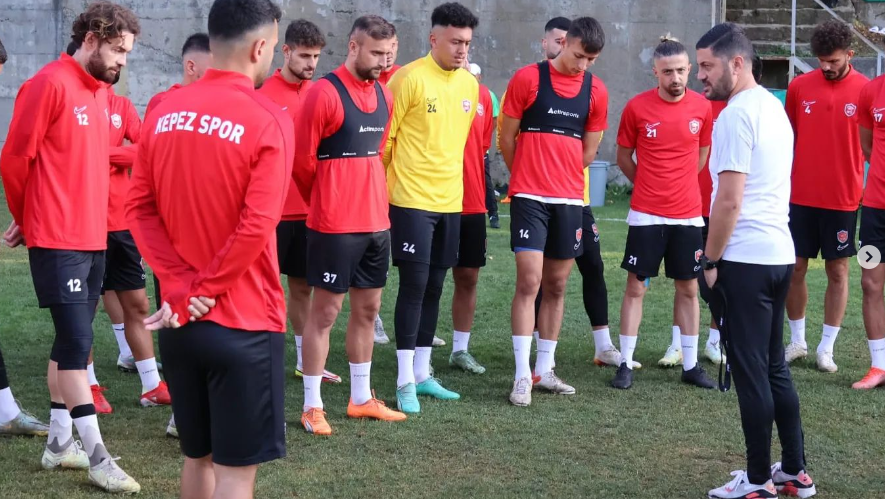Introduction
Speed is a defining factor in modern football, and sprints play a crucial role in determining match outcomes. Whether it’s a forward making a decisive run behind the defense, a winger accelerating down the flank, or a defender tracking back to stop a counterattack, sprinting ability can give players a significant advantage. This article explores the importance of sprints in football, how they impact performance, and ways to improve sprint speed for optimal results.
Why Sprints Matter in Football
1. Acceleration and Quick Reactions
Football is a game of explosive movements. Players who can accelerate quickly from a standing position have a better chance of beating opponents to the ball or creating space in crucial moments.
2. High-Intensity Actions Win Matches
Studies show that most decisive actions in football—such as goals, assists, and defensive recoveries—occur after high-intensity sprints. Speed is especially important in:
- 1v1 duels (attackers vs. defenders)
- Counterattacks
- Defensive recoveries
- Breakaway scoring opportunities
3. Tactical Importance of Sprinting
Sprints are used strategically in different situations:
- Pressing: Quick bursts of speed help attackers press high up the pitch and force defensive errors.
- Transitions: Teams that transition quickly between attack and defense gain a tactical edge.
- Off-the-ball movement: Sprinting without possession creates goal-scoring chances and stretches defensive lines.
Key Sprinting Metrics in Football
1. Maximum Sprint Speed
The peak velocity a player reaches during a sprint. Fast players typically exceed 30 km/h.
2. Sprint Distance per Match
The total distance a player covers at high-intensity speeds (above 25 km/h).
3. Number of Sprints per Game
How often a player performs sprints, which varies based on position and playing style.
4. Acceleration and Deceleration Rates
How quickly a player reaches top speed and slows down after sprinting, impacting agility and responsiveness.
How to Improve Sprint Performance in Football
1. Strength and Power Training
- Squats, deadlifts, and plyometric exercises enhance lower-body strength.
- Explosive movements like box jumps and sled pushes improve acceleration.
2. Sprint-Specific Drills
- Short sprints (10-30 meters) to enhance acceleration.
- Overspeed training with resistance bands or parachutes.
- Sprinting with direction changes to mimic game situations.
3. Technique Optimization
- Improve stride length and frequency.
- Maintain proper posture and arm movement.
- Focus on forward propulsion with strong push-offs.
4. Recovery and Injury Prevention
- Proper warm-up with dynamic stretching.
- Strengthening hamstrings, calves, and hip flexors.
- Monitoring sprint load to prevent muscle fatigue.
Conclusion
Sprinting ability is a game-changer in football, affecting attacking, defending, and overall team strategy. By training explosiveness, improving sprint mechanics, and managing workload, players can maximize their speed and gain a crucial edge on the field.
Looking for data-driven sprint analysis and training solutions? ActinSports provides cutting-edge technology to track and optimize sprint performance. Learn more at ActinSports.



